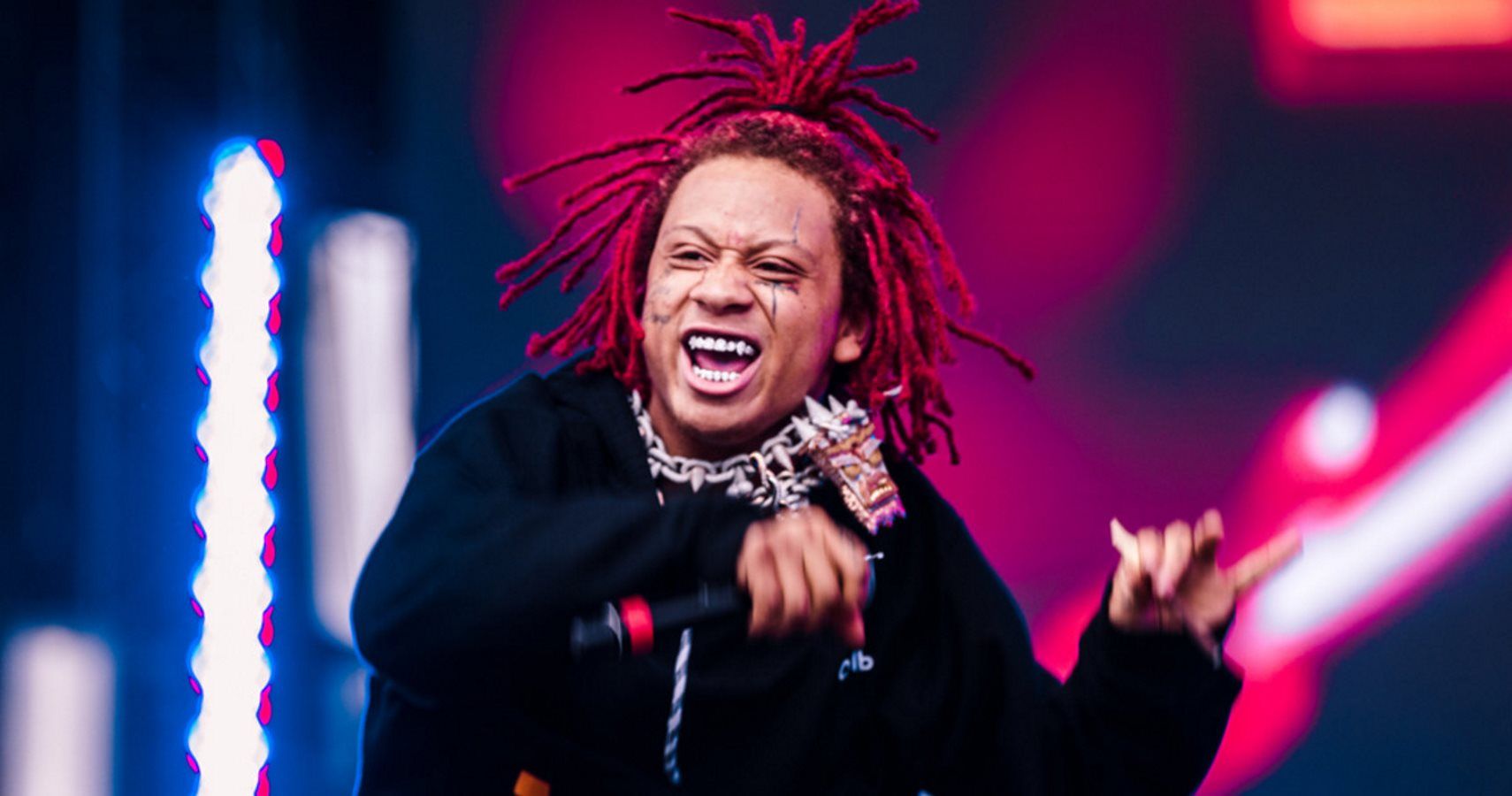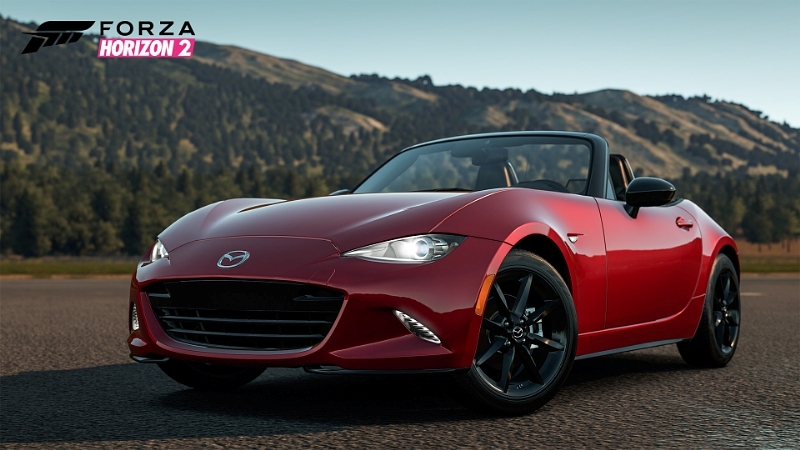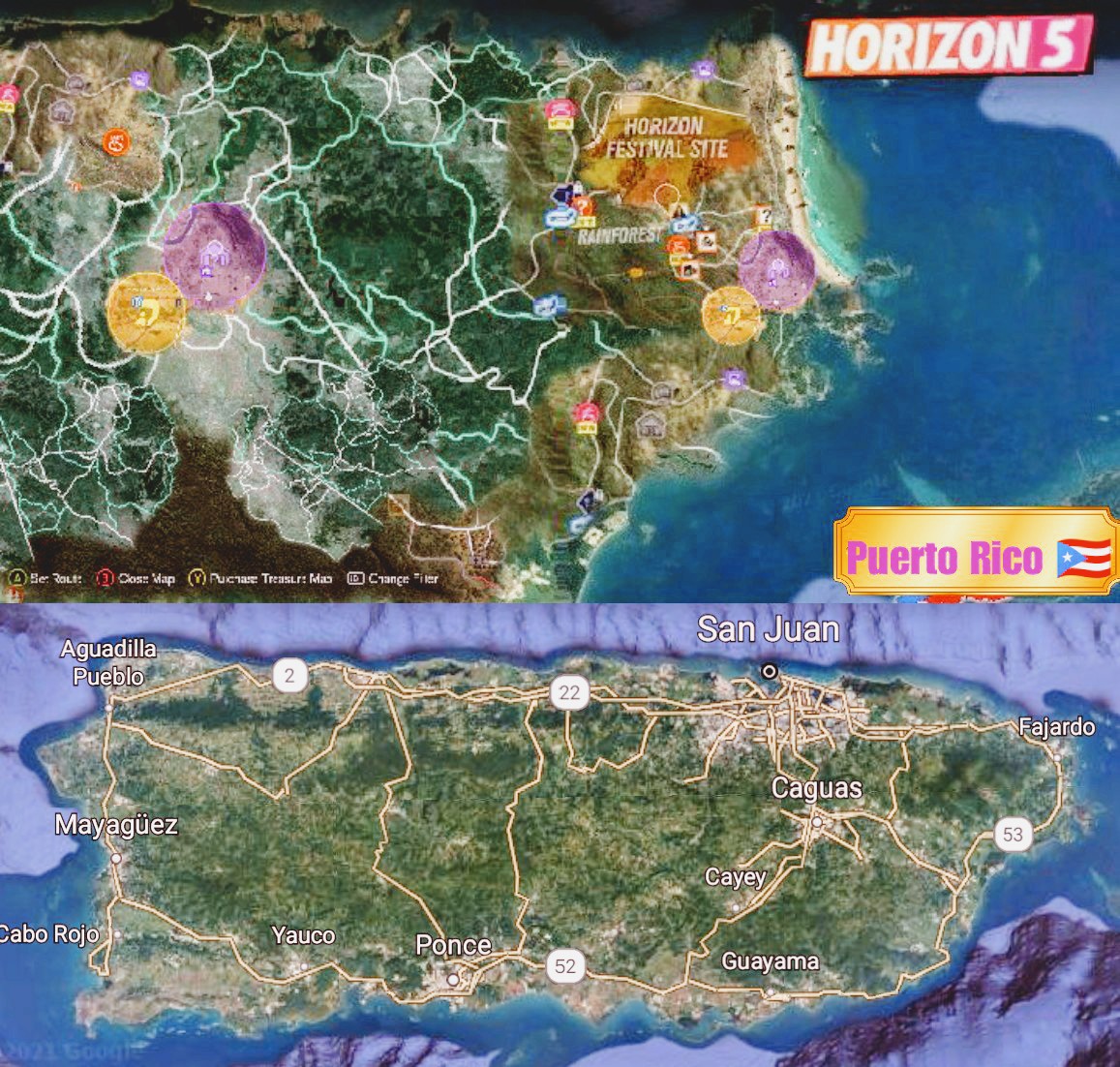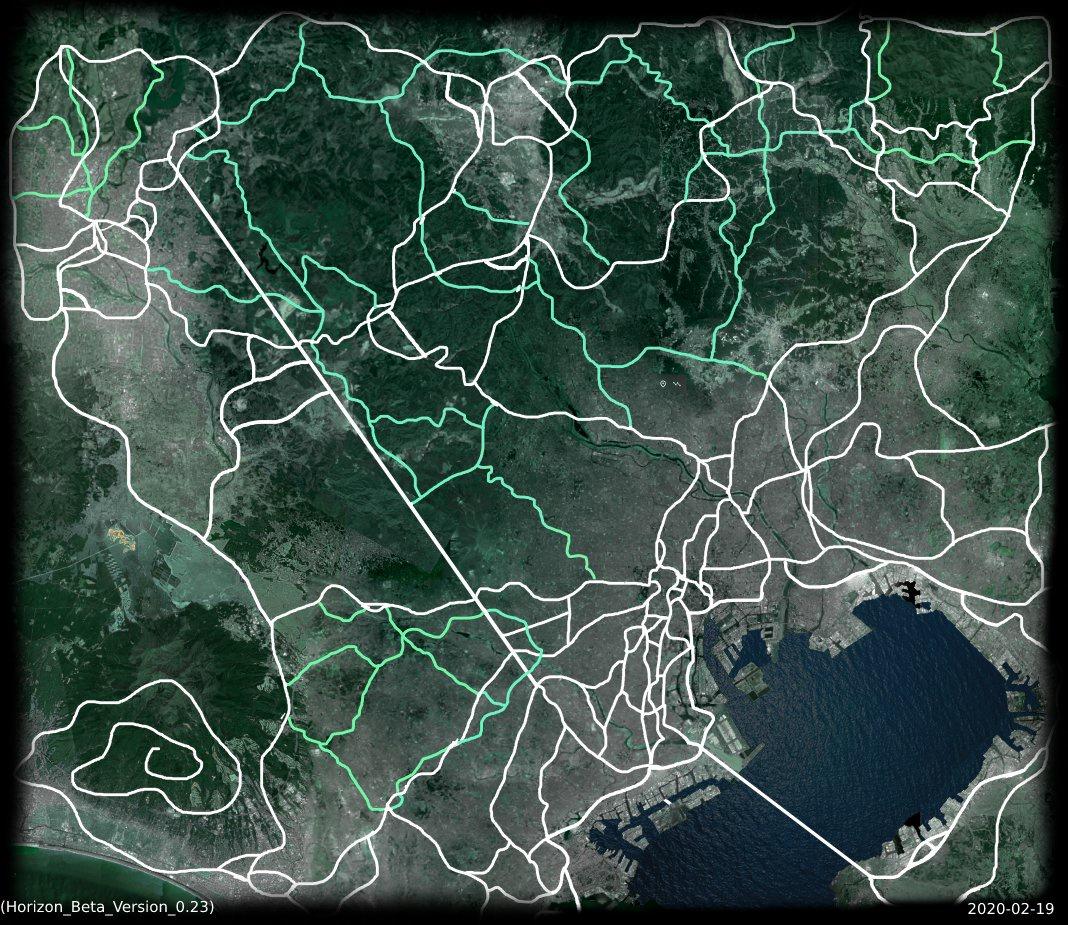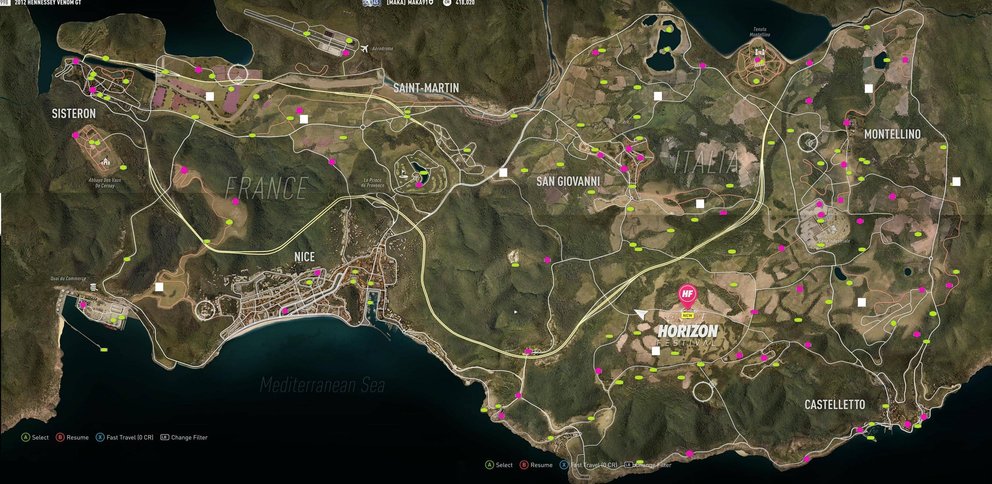Iphone - radius - uiimageview shadow and rounded corners . What is one of the simplest ways to create a shadow behind a UIImageView I have a UIImageView that I want to add a shadow behind. I wish that apple had that as a property however they should make plenty of things onerous for us programmers so I must ask this question. As the saying goes, UI has three treasures, border shadows and rounded corners. At current, mobile development is mainly a flat fashion. Many UI designs use border shadows and rounded corners. Normally, we can use the system layer to fulfill the requirements. Although there are some efficiency problems, it might possibly always solve the issue. But if it entails rounding a certain corner, or including a border or shadow whereas cutting a sure corner, it goes to be more painful. This resolution had no sort checking—you needed to kind the property you needed to change by hand and sometimes needed to lookup what it was known as. You also had to run your project so as to see the impact of the runtime attribute. Starting with Xcode 6, there's a new mechanism that solves a lot of these problems. You could also be asking your self, "why not around the CALayer as an alternative of setting a background image?" This requires clipping the contents and adds transparency, both of which harm performance. Using a background image allows creating absolutely opaque views whereas preserving the visual impact of rounded corners. We create a mask with top rounded corners after which set to the mask property of the view's layer to mask the content material. This is how we round a particular corner of a view or button on iOS 10 or lower. A few weeks back, I was given a task to update a legacy UI, and a part of it entails eradicating a picture view rounded corners.
To give you some context, the image view is inside a set view cell and the cell is created using the interface builder. The issue with combining focus results with rounded corners is that by default, the shimmer impact you see when panning over a picture would go into your clear corners. MasksFocusEffectToContents fixes this, but reduces performance. Another issue is when you try to add scaling to your focus impact. An image view at all times clips to its original, unscaled measurement, so clipping or adding corners to a picture directly will break when you need a scale impact on focus. With that in thoughts, I changed the image view background colour from .clear to .pink and run the app again. If the source image itself has rounded corners, I ought to be succesful of see the image view purple colour corners. And once again, I am disenchanted that the image view doesn't present any purple colour corners. The first and final cells have to be reduce with rounded corners and bottom rounded corners respectively, and the cells are virtually indefinite in top. Therefore, for the second methodology, cells appropriate for body and constrained structure are encapsulated, and apis like system rounding corners are offered, and the rounded corners could be specified. To additional confirm my findings, I reverted the adjustments I made on the nib file and checked the image view's consumer defined runtime attributes area in the interface builder. When adding rounded corners to a UIImageView, make certain the image property just isn't nil or the setting might be invalid. I am simply here to realize the rounded corners, in fact, you'll be able to add the background colour and set the properties of the border if you end up utilizing it. I'm trying to draw images on the iPhone using with rounded corners, a la the contact pictures within the Contacts app. I've received code that generally work, but it often crashes inside the UIImage drawing routines with an EXEC_BAD_ACCESS - KERN_INVALID_ADDRESS. I thought this may be related to the cropping query I requested a couple of weeks again, however I believe I'm establishing the clipping path accurately.
The corner radius is the attribute that we'll use to attract rounded corner and circular image. We will be going to create a simple imageview with a round profile photograph. If you set clipsToBounds to true, it will around the corners however stop the shadow from appearing. The container view should have the shadow, and its subview should have the rounded corners. By using the appropriate layer properties on a UIView, you can apply a corner radius, shadow, and border to views, buttons, tables, pictures, and all other views in Swift. To make an image with round corners or to make any view or button or any UI component with round corners in swift, we need to entry the corner radius property of its layer. Now, let's make our software looks even higher by applying corner to it, and to do that we will be going to make use of border width and border colour characteristic of the image view. Through this, we will add a customized colour to our border of the image which appears amazing from the person point of view and enhance the applying User Interface. Setting the corner radius to 100 will make the image view utterly rounded. Try totally different corner radius like 10, 20, 30, forty to get image corners of various radius. To make the image border and visible I will set the borderWidth and the borderColor. If I put the above code snippet collectively and run it, my image will look fully rounded. One thing that I even have realized as a developer is all the time trying to think out of the field when getting stuck in a problem. I ask myself, is it possible the rounded corners that I see have nothing to do with the image view?
Will it's that the supply image itself has rounded corners? The fillet path is drawn immediately with the Bezier curve, and an unexpected bonus is also obtainable to pick which corners have rounded corners. The impact of this perform is to trim the original UIImage to a rounded corner. With this perform, we can extend the method of setting rounded corners for UIImageView to make it easier to use. Setting clips to bounds appears to cancel out the shadow impact. I'm trying to get rounded corners and shadows, but up to now it's going to solely let me do one or the opposite. The container view has clipsToBounds set to false , and has the shadow properties utilized. If you need the shadow to be rounded as well, use the UIBezierPath constructor that takes in a roundedRect and cornerRadius . Now that I am back to the place I started, what else can I do? I can't discover the place where the corner radius is about, however possibly I can try to overwrite the image view corner radius and set it back to zero.
Let's do this within the cell's awakeFromNib() method and see what will happen. I attempt to get rounded corners on a UIImage, what I read thus far, the simplest way is to make use of a mask photographs. For this I used code from TheElements iPhone Example and some image resize code I found. My problem is that resizedImage is all the time nil and I don't find the error... Border and Box results image Giving your borders rounded corners border-radius v can betop Orbottom, h can beleft Orright。 X and Y are the lengths defined on the X and Y axes respectively. It is much less unhealthy, and okay as a shortcut, to make use of .cornerRadius. However, any motion on the screen, even movement that doesn't involve the corners, will trigger the .cornerRadius. For instance, having a rounded element within the navigation bar with a scrolling view beneath it's going to cause the impression even if they don't overlap. Animating anything onscreen, even if the consumer doesn't interact, will as properly. Additionally, any kind of screen refresh will incur the value of corner rounding.
If you're looking for a simple, flat-color rounded rectangle or circle, Texture provides a big selection of conveniences to supply this. See `UIImage+ASConveniences.h` for strategies to create flat-colored, rounded-corner resizable pictures utilizing precomposited corners . These are great for use as placeholders for image nodes or backgrounds for ASButtonNode. Swift on the server is an amazing new opportunity to construct fast, protected and scalable backend apps. Write your very first web-based application by using your favorite programming language. Learn tips on how to construct a modular weblog engine utilizing the newest version of the Vapor 4 framework. This guide will allow you to to design and create fashionable APIs that'll let you share code between the server side and iOS. Learn the means to make rounded corners for UIImageView gadgets wrapped inside assortment view cells, with rotation support. Shadows are drawn outdoors of a view's bounds, that means clipToBounds and the view's layer masksToBounds properties have to be false for the shadow to be visible. A UIImageView with contentMode set to .aspectFill, .middle, and others will draw the image outdoors of the UIImageView bounds if clipToBounds is false. ZSWRoundedImage is an extension of UIImage for creating resizable pictures with any of the corners rounded. This library doesn't but work with Objective-C because it's a part of the applying I'm writing to study Swift. In this video tutorial I am going to share how to add rounded corners to an image and how to make image fully circular. Let's take a quick take a glance at the main APIs that allow us to do just that.
This is a narrative about me spending 1 hour simply to take away an UIImageView rounded corners. I am certain most fellow developers on the market will have an identical experience where you have to spend an unreasonable period of time simply to complete a easy task, and that is a type of tales. However I can't appear to discover where to specifiy that the corners ought to be rounded? Also the example project that Apple provides makes use of pictures with no rounded corners. You cannot use layer.cornerRadius as a result of if the ImageView's property clipsToBounds is true the effect doesn't work anymore obviously. I ended up settling for just having rounded corners with out the shadows. Since the @IBInspectable attribute builds upon the mechanism for user-defined runtime attributes, we're still limited to the types that can be set by Xcode's Interface Builder. We have to perform some trickery if the kinds don't line up precisely with the property we want to set. As you can see the image view is square in size right now and never in round form, it is as a end result of we haven't applied the code to handle the corner radius of the image. Now head into your imageViewController.h file and create an outlet connection of image view to it. After this, you may give a colour to your background view in order that it can give a novel design to your utility. Apple has made it very straightforward for us to create rounded corners views.
But what if we simply need high or Bottom corners to be rounded solely. Another risk that I can consider is that the image view is a customized image view, however once I check the class field in interface builder, all I see is this just UIImageView. Once you've set every little thing you probably can Run the appliance. If you don't find it in iOS 7 give a background shade to UIButton/UIView. When you login first time using a Social Login button, we collect your account public profile information shared by Social Login supplier, primarily based on your privateness settings. We additionally get your email tackle to automatically create an account for you in our website. Once your account is created, you'll be logged-in to this account. This technique involves inserting 4 seperate opaque corners that sit on high of the content that needs corner rounding. This method is versatile and has fairly good performance. It has minor CPU overhead of 4 seperate layers, one layer for each corner. For occasion, a view's borderColor is of type CGColor, but Xcode can only set a color using the sort UIColor. A simple conversion on the getter and setter will solve the issue. But now if we want to set corner radius to simply backside. I hope that this brief article has given you a number of concepts on how to render different kinds of rounded corners when utilizing both UIKit or SwiftUI. If you have any questions, feedback, or suggestions, then be at liberty to succeed in out through both Twitter or e-mail. Using the masks layer would make all subviews obtained clipped to the bounds of its father or mother. I want to know a nice way to resize my image, add shadow, corner radius and nonetheless have easy movement of my image.
Learn tips on how to apply a corner radius, shadow, and border to all kinds of views, including UIViews, UIButtons, and UIImageViews, in Swift. Also if your image is bigger than what the GPU can deal with, it's going to use the CPU and that's one other important blow. What needs to be explained right here is that it is essential to set BLURVIEW, however contemplating performance issues usually are not used right here. Regardless of which of the above strategies is used, you want to watch out with the background colour. Because we did not set masksToBounds presently, the portion that exceeds the fillet will nonetheless be displayed. Therefore, you want to not use the background colour, you probably can set the fill shade when drawing a rounded rectangle to achieve an analogous impact. Because this property only affects the background color and border of the view. So this methodology is only valid for UIView, and there's nothing that could be done with UIImageView and other controls with subviews inside. The second method involves utilizing bezier paths with precomposited alpha corners. This technique is fairly flexible and should be one of the incessantly used. The best possible technique is to use precomposited opaque corners. This is probably the most efficient methodology available, leading to zero alpha blending . Unfortunately, this method can be the least versatile; the background behind the corners will must be a stable colour if the rounded image wants to maneuver around on prime of it. It's attainable, however difficult to make precomposited corners with a textured or photograph background - normally it's best to make use of precomposited alpha corners instead. Nothing special just a easy UI for our instance software. Now seek for some random image, add it to the project and let's do some actual coding.
First I'll show you the little trick within the cell subclass. You can't use a regular border for this, however you would add a 1 pixel broad UIView that has the background color in your border. Attaching this UIView/border to one of many sides of your view or button is pretty easy with auto structure. If you attempt to modify your @IBInspectable properties, you will discover that Interface Builder won't present any of your modifications in real time. When you construct and run your project, then your border or shadow will show up on your control. We can fix this by using one other attribute known as @IBDesignable. This attribute tells Xcode that it could possibly render the management instantly in Interface Builder. You are more than likely acquainted with the strategy of setting a corner radius utilizing the Core Animation layer of a view. This will hold the code to make a rounded image in a single place, you'll have the ability to call it many times from different images with one line sooner or later, and make modifications to the code in one place. Is it potential create an UIImage or an UIImageView with rounded corners? Because I need take an UIImage and present it inside an UIImageView, however I don't know how to do it. Next, set the image view to be the same measurement of the container view, set clipsToBounds to true, and give it a cornerRadius.










